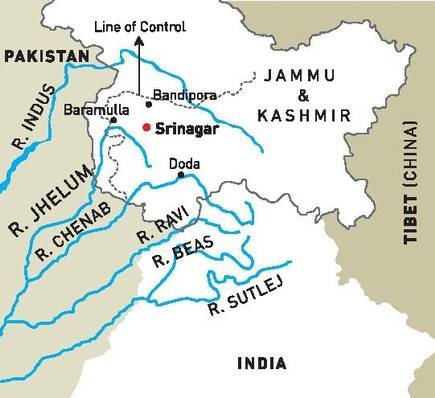Free Courses Sale ends Soon, Get It Now


Free Courses Sale ends Soon, Get It Now



Disclaimer: Copyright infringement not intended.
Context
Details
The Jhelum River:
Some other facts
Tributaries of Jhelum River
Understanding Jhelum River's Seasonal Fluctuations
Other Indus River System
The Chenab River
The River Ravi
The Beas River
The Satluj River
The Historical Importance of the Indus River System
The Economic Value of the Indus River System
Hydropower Potential of the Indus River System
Environmental Issues in the Indus River System
Conflict and International Cooperation on the Indus River System
The Impact of Climate Change on the Indus River System
|
PRACTICE QUESTION Dry weather conditions in Kashmir valley have wide-ranging impacts on Socio-Economic life in the valley. Substantiate |
© 2024 iasgyan. All right reserved